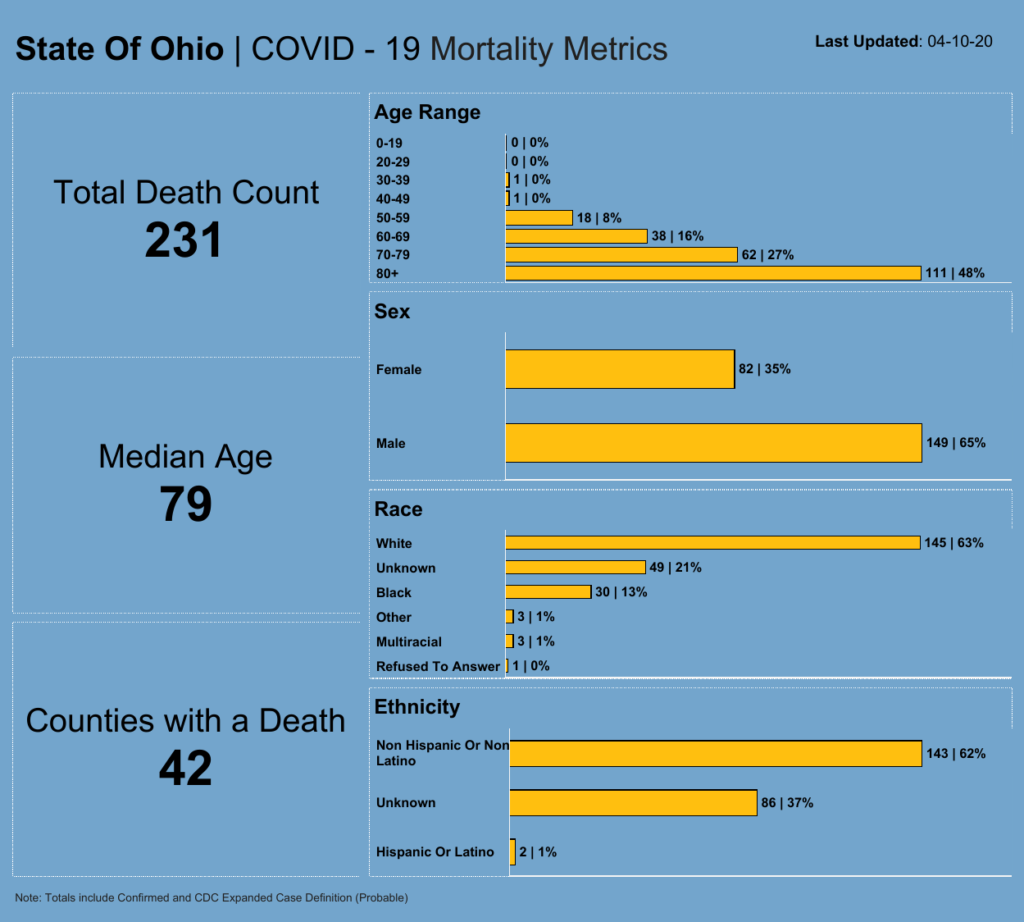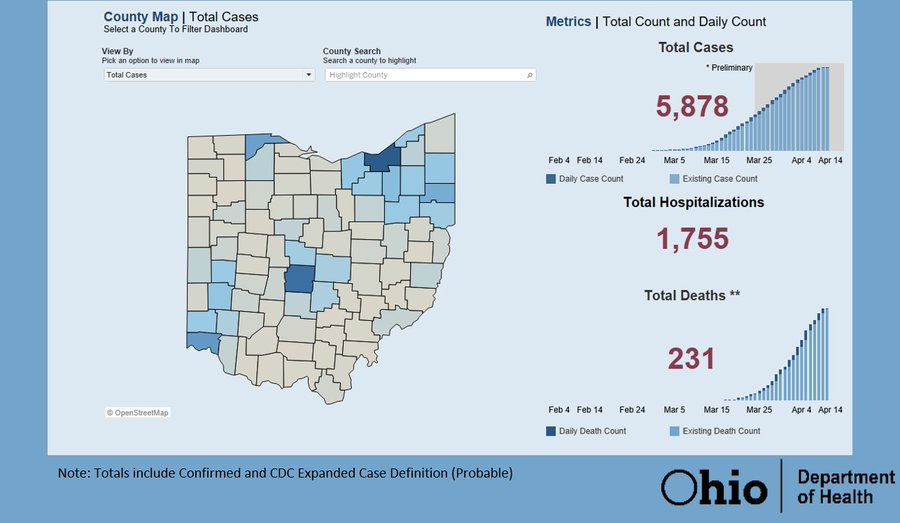
By Brett Milam
Editor
The Sun noticed a discrepancy in confirmed coronavirus counts on April 7, when the county and state updated their numbers.
Every day at 2 p.m., the county and state health departments update their latest coronavirus statistics. Prior to that time, the county and state had listed 27 confirmed cases in Clermont County.
When the update came, the number was revised down to 22 confirmed cases.
After noticing the discrepancy, The Sun reached out to Keith Robinson, the Clermont County Public Health spokesperson to understand what happened.
Robinson explained that when a test comes back positive, CCPH enters that into an online database known as the Ohio Disease Reporting System. The Ohio Department of Health also uses that database to report numbers.
“Occasionally, the address or other information on a patient is incomplete,” Robinson said. “If that happens, then sometimes the test is reported to the county where the hospital or lab is located that did the test.”
When CCPH is notified of a positive case, Robinson said they begin a disease investigation to get all contact information of the patient.
“If during that investigation, we find that the person does not live in Clermont County, then that case will be transferred to the county in which they live,” he said.
A similar case occurred in the reverse in Brown County. A man in his 80s was hospitalized in Florida with the coronavirus, but the case was counted to Brown County’s total because the man is from Brown County.
“So in this case, there is a lab that does testing in Clermont County. Five of those cases were missing information about where they lived, so it was reported as a Clermont County address since that is where the lab is located that performed the test,” Robinson said.
The discrepancy can happen at times if a patient is admitted to a hospital or other healthcare facility in a different county, Robinson said.
He added, “The test result sometimes will be reported to the county where the hospital is located rather than where the patient lives.”
In January, the Ohio Department of Health declared COVID-19 a class A reportable disease, which are diseases that show a potential for epidemic and under Ohio law, must be reported immediately to the local health department, Robinson explained.
Other diseases in that class are measles, anthrax, botulism, cholera, plague, rabies, smallpox, and so forth.
Specifically, the ODH guideline states, “Diseases of major public health concern because of the severity of disease or potential for epidemic spread – report immediately via telephone upon recognition that a case, a suspected case, or a positive laboratory result exists.”
In contrast, while class B and C diseases (things like hepatitis A, salmonellosis, shigellosis, and so forth) also present a public health concern and have a potential for epidemic spread, those cases can be reported by the end of the next business day.
That’s why cases will get reported into the database with incomplete information in order to comply with the immediacy requirements of reporting the case.
When the laboratory receives a positive test result, Robinson said they call CCPH immediately and enter the result into the database, even if the person’s information is incomplete.
“In this particular case, we found that the lab that reported the result made the error when they entered the data and that data was corrected and the cases were transferred to the correct jurisdiction,” he said.
Also, even though ODH updates its website at 2 p.m., they are relying on data that was entered into the database at 11 a.m. that day.
“So, if we receive a result in the morning, we may still be in the process of interviewing the patient and verifying all of the information,” Robinson said. “ODH is trying to give the most accurate and up to date information they have available at the time.”
While ODH sees the number of positive cases, it’s up to the local health departments, like CCPH, to personally contact each of the positive test results, Robinson said.
“So, that is the reason why the numbers can go down one day to the next until the local health department does their investigation,” he said.
Coincidentally, on April 8, when the cases were updated again, the county was back at 27 confirmed cases. The Sun double-checked with Robinson that day to see if that was a coincidence or if the previous five were counted again for Clermont.
“The new cases just happen to be the same number as the preliminary ones that were attributed to a different county,” Robinson said.
As of April 10, there are 36 confirmed cases in Clermont County, with seven requiring hospitalization, and overall, 17 cases have been resolved. The ages range from 23 to 86.
The county has had one death from the coronavirus. The first reported case in the county was March 20.
Statewide, there have been 5,836 confirmed cases, 548 ICU admissions, 1,755 hospitalizations, and 231 deaths. The ages statewide range from under one to 101.
Go here for county numbers, and here for state.

